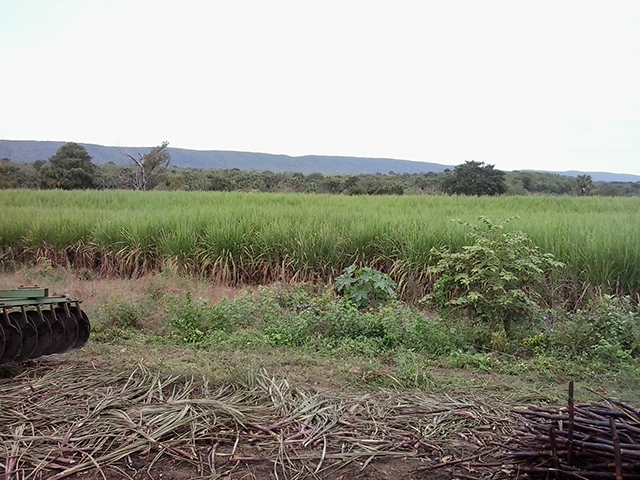Condition, Tendency, and Dynamic Interactions in a Resilience Context of a Social-Ecological System
Main Article Content
Abstract
In this paper we will analyze the dynamics of a social-ecological system (SES), which requires an integrated understanding of both the interrelatedness of biophysical and socioeconomic components and the adaptive capacity of these system’s components to external drivers. Social-ecological resilience, the adaptive cycle metaphor and livelihood development are presented as the guiding conceptual framework to analyze local strategies, aiming towards the sustainable use of natural resources and to encourage the participation of the community in the management of ecosystem services, thereby improving human well-being. Furthermore, in the light of recurring unpredictable changes, adaptive capacity building and a high responsiveness to these changes may serve as fundamental assets to increase both ecological resilience, including the protection of biodiversity, and social resilience, including social and human capital and institutional capacity. An integrated analysis of SESs considers i) the interplay of internal and external factors and their role in SES dynamics, ii) potential thresholds whose crossing may shift the system into an undesirable state, and iii) cross-scale spatial and temporal interactions. Ultimately, an SES approach favors ecosystem stewardship in that it enhances the sustainable use of natural resources and ecosystem services, and simultaneously resilient livelihood development.
Article Details
Issue
Section

This work is licensed under a Creative Commons Attribution-NonCommercial-NoDerivatives 4.0 International License.

